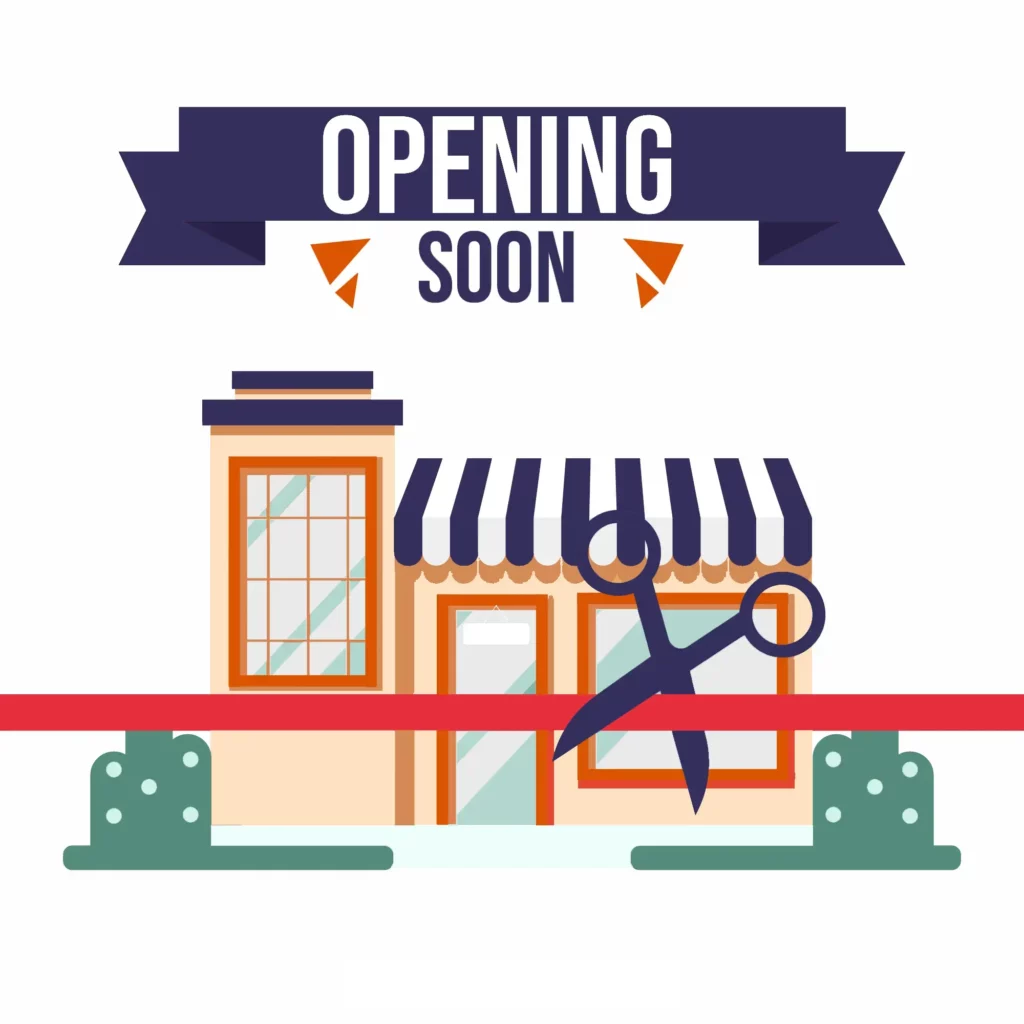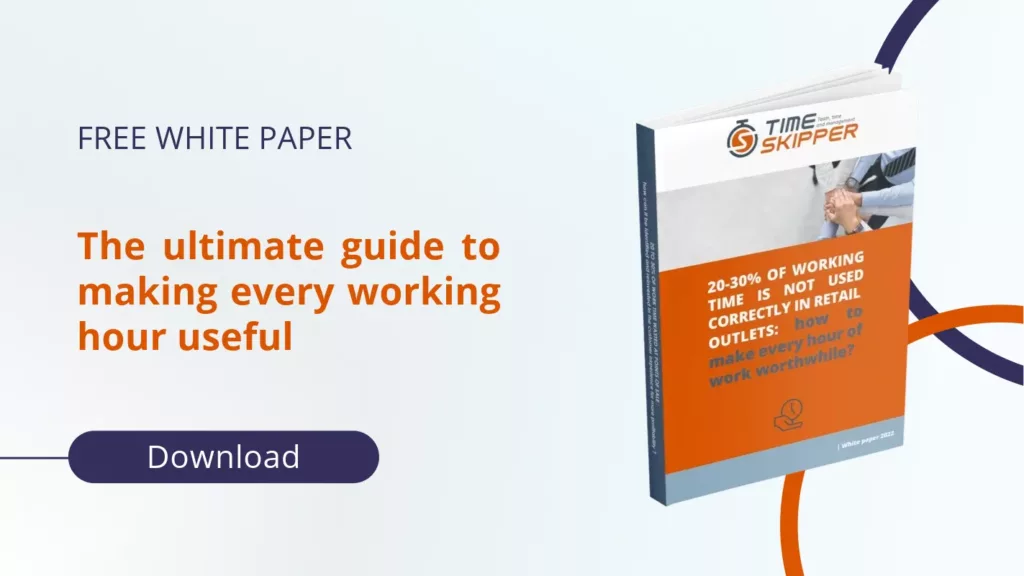Introduction
Taking over a store is often the project of a lifetime. However, if not well-prepared, this dream can quickly turn into a nightmare. To avoid this, it is crucial to master the key steps of the takeover and to understand the available margins for maneuver that the store has to improve both profitability and customer experience. Thanks to its expertise in store organization and workload management tools, TimeSkipper provides you with the essential tools to approach this adventure with confidence.
I) Step 1: Understanding where you stand
First and foremost, it is important to understand how the store is organized—who does what, when, how, and for how long. This task may seem daunting if you don’t know how to go about it. However, equipped with a workload management tool, the complex task you might anticipate becomes much simpler.
Starting from the current organization of the store, with knowledge of a typical day, assigned tasks, and skills of each employee, as well as different product (parcels, orders, click and collect, rolls…) and customer flows, it is easy to predict the store’s organization over the coming months without initially making any changes.
At a glance, you can see the day-to-day organization by employee and period. You quickly understand your starting point and begin to spot potential improvements.
As a bonus, modeling the store’s organization helps identify whether the workload distribution is fair among employees, where there are availabilities, and where work overloads are present.
With this assessment completed, the analysis of your margins for maneuver can now begin.
II) Step 2: Knowing your margins for maneuver
The primary objective is to know if you have the right number of people for the workload or if the current planned hours align with the store’s current workload.
This brings us to the idea of maximizing team utilization rates, i.e., balancing the workload/capacity equation considering product and customer flows.
By following this approach, I can answer the following questions:
- Should I improve equity in workload distribution?
- Am I spending enough time on high value-added tasks for the customer? Are there activities I could develop to face competition, and if so, do I have the necessary hours?
- Can I reduce personnel costs once my workload is optimized?
In summary, to identify the right organization for my store, the goal is to detect time that is poorly utilized. This includes available hours, overloaded hours, or “excess” hours spent on low value-added tasks for the customer.
The next step is to determine how to capture these poorly utilized hours.
III) Step 3 : Implementing Corrective Actions
To make every working hour useful, you need the right number of people and the right person at the right time in the right place.
To achieve this, it is advisable to complete the following steps in order:
1) Ensure the workload is fairly distributed among employees
If some employees are overloaded while others are underutilized, workload smoothing must be done. For example, if one employee has two available hours while another cannot complete their workload for the day, the action would be to redistribute tasks so that the overloaded employee’s task is assigned to the available one, provided they are capable of performing it.
If, after this smoothing, there is still unabsorbable overload, it will be necessary to review the task or role assignments of the affected employees.
2) Ensure the necessary time is spent on each type of task
At this stage, it is essential to check that teams spend the right amount of time on each task, based on its value-added for the customer.
If I notice that tasks like facing, signage, or labeling are poorly executed, it indicates that essential actions that could irritate customers are not being prevented. Additional time must then be allocated to these tasks to improve the store’s appearance and customer experience.
In another scenario, if I observe insufficient staffing during peak times for customer interaction and assistance, I have two options: reorganize task order or adjust schedules so that a significant number of employees are present on the sales floor.
This analysis should be applied to all tasks performed at the store.
Finally, if I want to introduce a new activity, such as a Drive service, because nearby competitors offer it, I can use a workload management tool to estimate the necessary hours. By identifying underutilized hours (available or spent on low value-added tasks), I can know how many hours can be reallocated to this new activity without degrading the customer experience, as well as determine if additional hires are needed and, if so, how many.
3) Save available hours
With TimeSkipper, you now know the right staffing levels needed to handle the ongoing workload. You can easily identify the number of contracts required. If the workload varies seasonally or significantly by day of the week, you can determine which type of contract to use (short-term, part-time contracts, etc.). If the team is oversized, you can decide not to renew short-term contracts.
Thus, you control your personnel costs while ensuring that the store’s workload is managed and the customer experience is maintained.
Conclusion
Taking over a store, a lifelong project, can be a success with the right strategy and tools. TimeSkipper offers a clear view of organization and working hours management, allowing you to maximize team performance while ensuring a better customer experience. By knowing your margins for maneuver and continuously adjusting resource allocation, you ensure flawless operational efficiency.







